Canada took on 45 countries in biodiversity challenge. See how we fared
Canada put in a solid effort against 45 other countries in this year's City Nature Challenge, but it fell short of finishing first.
Across the country, 74,972 observations of 4,433 species were contributed by 3,728 participants. The top results saw Calgary, Alta., register 9,185 observations, Victoria, B.C., document the most different species (1,414), and Montreal, Que., record 460 participants. Calgary and Victoria placed in the 47th and 52nd spots, respectively, out of 485 cities worldwide.
SEE ALSO: For global climate and biodiversity goals, we must reclaim nature in our cities
The City Nature Challenge is an annual, friendly international collaboration designed to connect people to nature while taking an inventory of wildlife species around the globe. The idea is to see which city can record and upload the most observations of wildlife species using iNaturalist -- an app that incorporates image recognition software online and on smartphones -- to help users instantly identify plants and animals observed anywhere.
This year’s event ran in two parts: Recording observations took place from April 28 to May 1 and identifying observations from May 2-7.
"Despite a lot of rain and cold weather in a lot of parts of Canada, I'm impressed with the turnout and participation across the country," said James Page, Canadian Wildlife Federation (CWF) species at risk and biodiversity specialist, in a recent interview with The Weather Network.
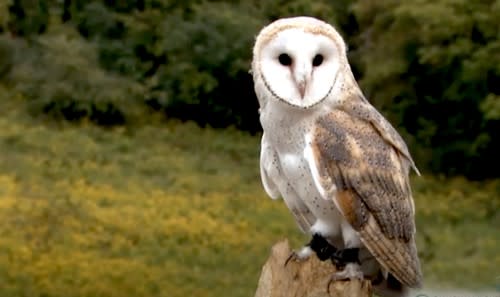
(Canadian Wildlife Federation/Submitted)
"And [we had] some noteworthy cities...friendly winners of the friendly competition."
Who came out on top?
While Canada had a strong turnout, it was nowhere near the top of the line, globally. LaPaz, Bolivia, with its advantageous climate, documented 126,435 observations and 5,344 species with 3,025 participants.
"We’re at a bit of a disadvantage with our climate as compared to Bolivia, but it still did get tons of people participating, which we’re trying hard to increase here in Canada, too," said Page.
Part of the reason why City Nature Canada was launched was to try to "level the playing field" with Canadians across the country, he said, noting weather plays a significant role.
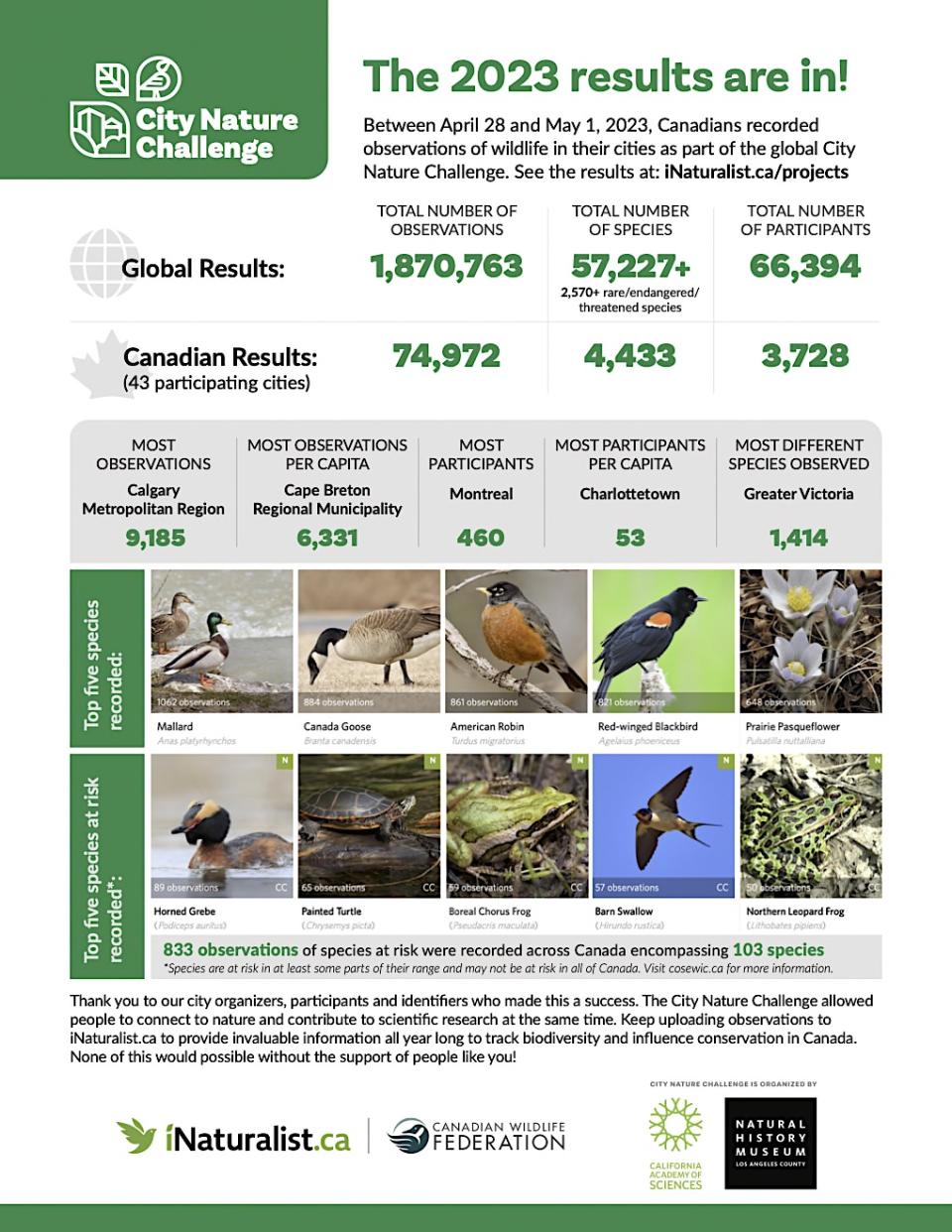
(Canadian Wildlife Federation/Submitted)
"It's not the easiest thing to convince people to go outside, get their phones and cameras out in the rain, potentially ruining their devices, to take photos of things that are going around," said Page. "I'm sure that played a factor across the country. Those that had good weather and those that had not-so-good weather...it kind of all plays into the game."
This year, there were 43 cities representing Canada in the challenge, a slight increase from 2022. Globally, there were 485 cities across 46 countries. In total, there were more 1.8 million observations collectively recorded around the world, covering more than 57,000 species -- up slightly from 2022.
Canada still managed to land in the top 50 with six cities -- Calgary, Victoria, Montreal, Cape Breton, N.S., Halifax, N.S., and Toronto, Ont. Considering our climate, the results say "a lot [about] Canadians and our perseverance, despite some potentially bad weather in areas," he said.
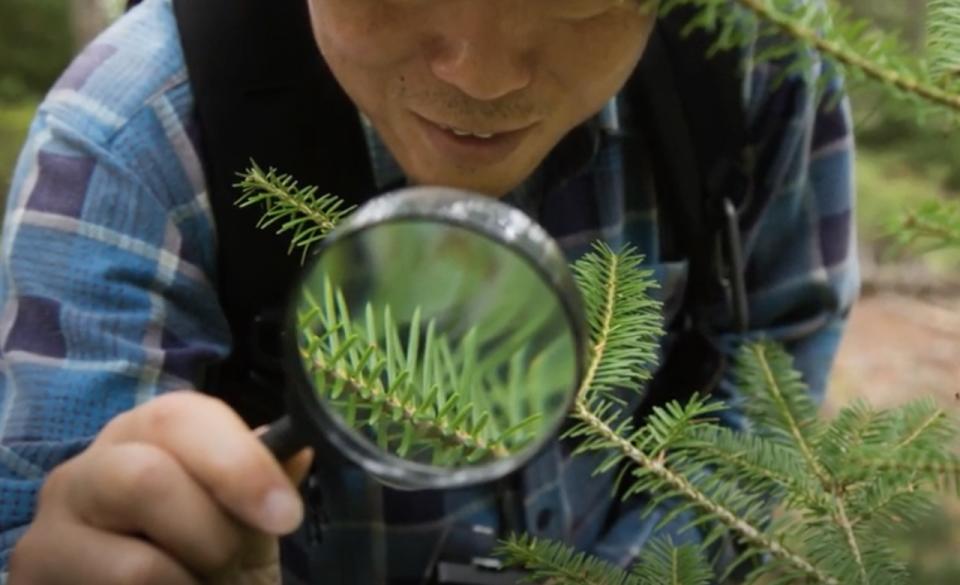
(Canadian Wildlife Federation/Submitted)
While participation has increased, Page would like to see more new users involved in next year's event, submitting anywhere from five to 20 observations.
Cape Breton was a good example from this year's challenge, he added. The small community had the highest observations per capita with 6,331 -- surpassing major cities such as Toronto (5,362) and Montreal (7,091).
"They didn't have a ton of people, but the people that were there were super-dedicated and took a lot of observations," said Page. "If we can get even one per cent of the population, when we look at some of these cities, that's tens of thousands of observations alone."
Top 'usual suspects' observed
Page noted the annual event included a top list of species, "our usual suspects." The top five species in 2023 include the mallard, Canada goose, American robin, red-winged blackbird and prairie pasqueflower.
"It's very indicative across the year [that] those are the most observed species, generally, which isn't surprising," said Page. "But, it's great to see some of these additional observations of things that maybe people don't see every day."
Since scientists can't be everywhere across the country, the challenge allows people to be the "eyes and ears" -- the kind of observers that may find a species scientists may not have come across otherwise, Page said in a 2022 interview with The Weather Network.
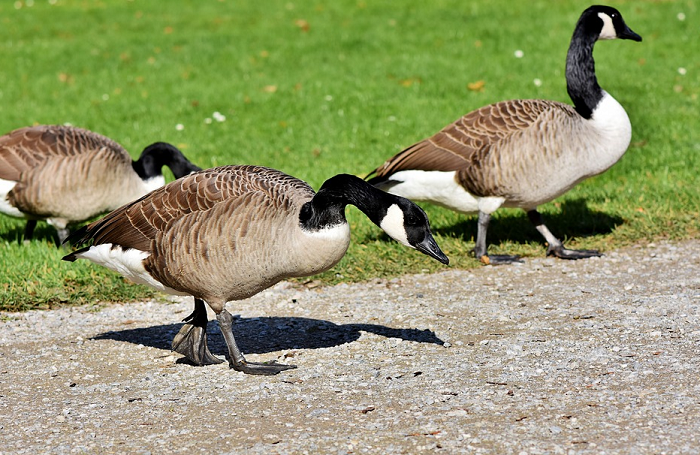
(Pixabay)
Observers also documented several at-risk species, with the horned grebe, painted turtle, boreal chorus frog, barn swallow and the northern leopard frog comprising the top five.
"Researchers who are studying rare species wouldn't know about these types of observations unless people are just opportunistically ready to record something that may or may not be of value, but more often than not, it's something significant," said Page, in this month's interview.
"Even if the person taking that observation doesn't think it is, there's value in that information on a broad scale, as well."
Challenge a 'good reminder' to get connected to nature
With wildlife making regular appearances and vegetation beginning to take shape in the spring, the challenge is a "really good reminder to stop and take note of the things that we share this planet with," Page said.
"Even in our backyards and city streets, there's birds, there's plants, and things around that we share our cities and our space with," said Page.
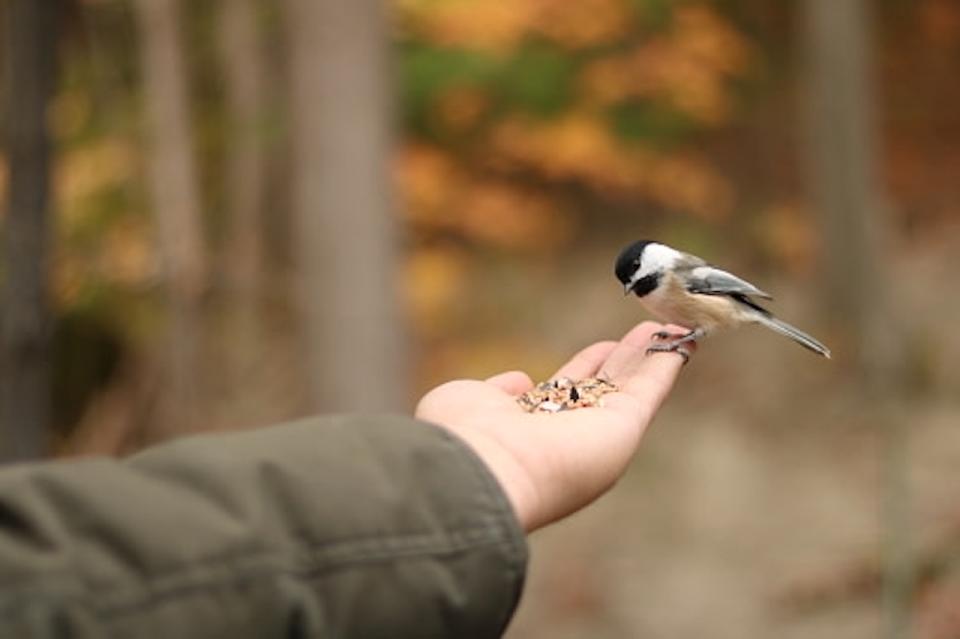
(Emanuel Ayala/Getty Images)
At the same time, it allows researchers and organizations to store "valuable information" in the iNaturalist database to help shape conservation policies in Canada and abroad, the species at risk and biodiversity specialist added.
"It's a great way for people to contribute to conservation," said Page.
The iNaturalist app allows scientists to get a better idea of the territorial range and numbers of new, at-risk and invasive species across the country. The database recently hit 10 million observations in Canada, he noted.
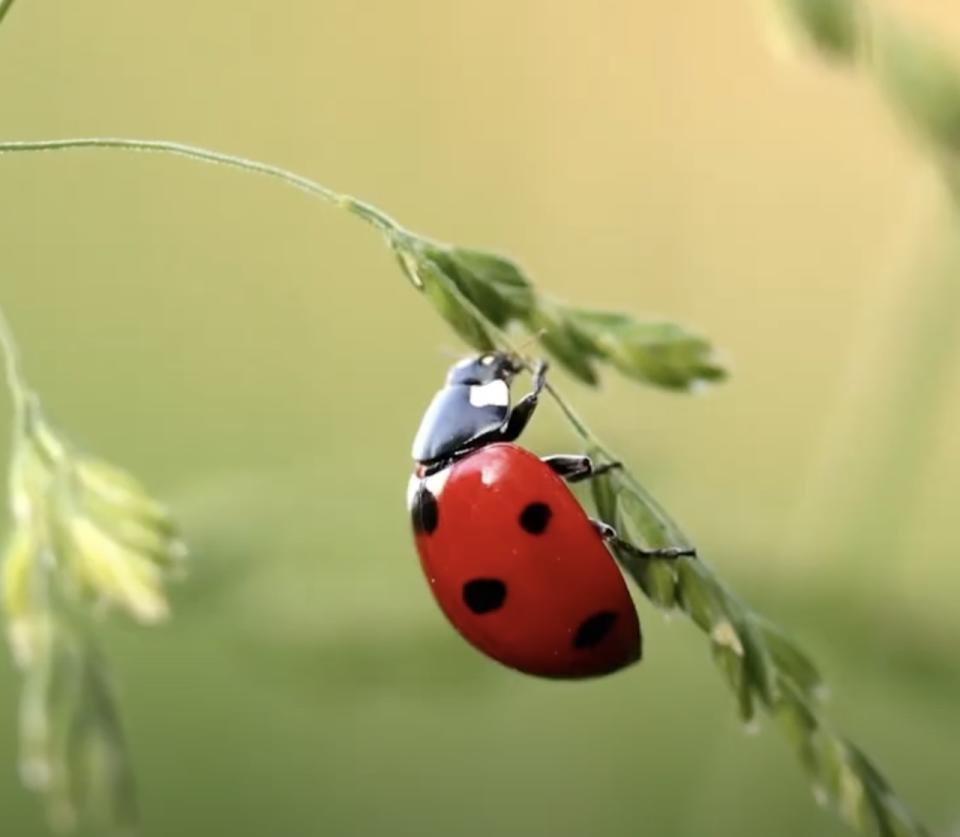
(Canadian Wildlife Federation/Submitted
"Lots of times there are species that the observer [may not] even know what they are, but it turns out to be something really valuable to conservation," said Page. "There's been new invasive species that have never been seen in North America that have been discovered in Canada through iNaturalist observations."
Even though the event has concluded, you can record wildlife observations year-round to help expand the global database.
"If you're planning your next camping trip or your vacation, or even [just walking] around your neighbourhood, you can search and browse observations of what other people have seen to get an idea of what you might see and keep an eye out for," said Page.
The full 2023 City Nature Challenge results can be found here.
WATCH: How a map could help keep mammals protected
Thumbnail courtesy of the Canadian Wildlife Federation (CWF).
Follow Nathan Howes on Twitter.

